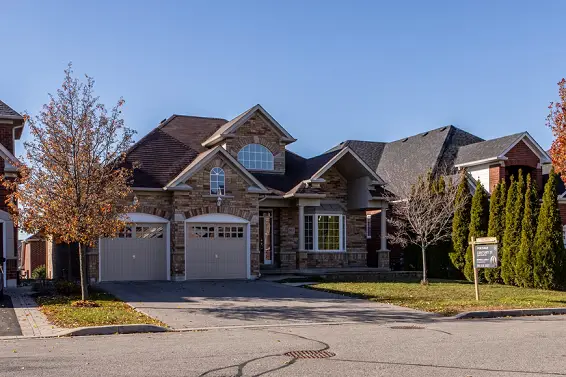Housing demand dropped precipitously in June as rising mortgage rates and persistent inflation forced home prices to decline.
Prices are still above where they were this time last year, according to Black Knight, a mortgage, data, and analytics firm. However the price rises of the past slowed in June at the fastest pace since they began tracking it in the early 70’s. Annual price appreciation dropped two percentage points from 19.3% to 17.3%.
After seeing a severe shortage in supply for years, a disparity between supply and demand still persists and that is still supporting some price gains. Strong demand during the pandemic only exacerbated the shortage.
Even during the recession of 2007-2009, when home prices crashed dramatically, the biggest single month slowdown was only 1.19%. Although prices are not expected to drop nationally given the overall strength of the market, it is clear higher mortgage rates are having an effect.
In June, the average rate on a 30-year fixed rate mortgage rose above 6%. Since then, it has fallen back to just above 5%, however that is still higher than the roughly 3% price range it was at in the beginning of the year.
Ben Graboske, president of Black Knight Data & Analytics said in an interview, “The slowdown was broad-based among the top 50 markets at the metro level, with some areas experiencing even more pronounced cooling. In fact, 25% of major U.S. markets saw growth slow by three percentage points in June, with four decelerating by four or more points in that month alone.”
According to Graboske, while the present slowdown is marked, it would take six more months of these types of slowdowns to see price growth return to long-run averages. He says it would take about five months before the present interest rate increases would be fully reflected in sale prices.
The markets dropping the most have tended to be those with the highest prices. In San Jose, prices have fallen 5.1% in two months, taking $75,000 off on average. That is the biggest drop nationally in any of the top markets.
Meanwhile in Seattle, in the past two months, prices have dropped 3.8%, for a roughly $30,000 reduction on average. San Francisco, San Diego, and Denver fill out the top five fasted dropping markets.
Supply meanwhile has begun to rise finally, rising 22% in the last two months. Overall inventory is still 54% lower than it was from 2017 to 2019.
Graboske continued, “With a national shortage of more than 700,000 listings, it would take more than a year of such record increases for inventory levels to fully normalize.”
The average homeowner is not feeling the effects of the present decline as much as they did during the Great Recession however, because tight underwriting and strong price appreciation for several years has home equity levels at record highs.
But not all homeowners will escape the consequences of the decline. Roughly 10% of mortgaged properties were purchased in the last year, so some of those buyers will see their equity positions decline.

